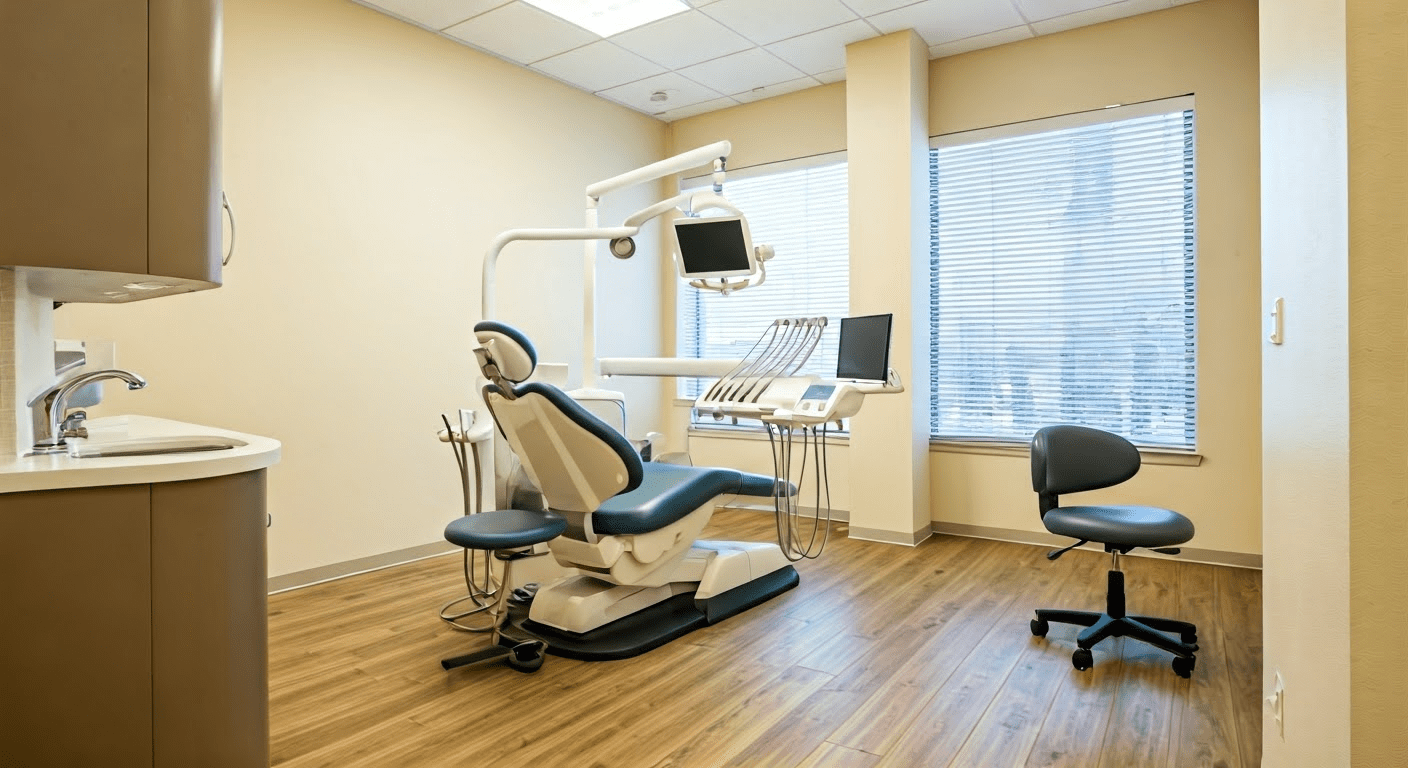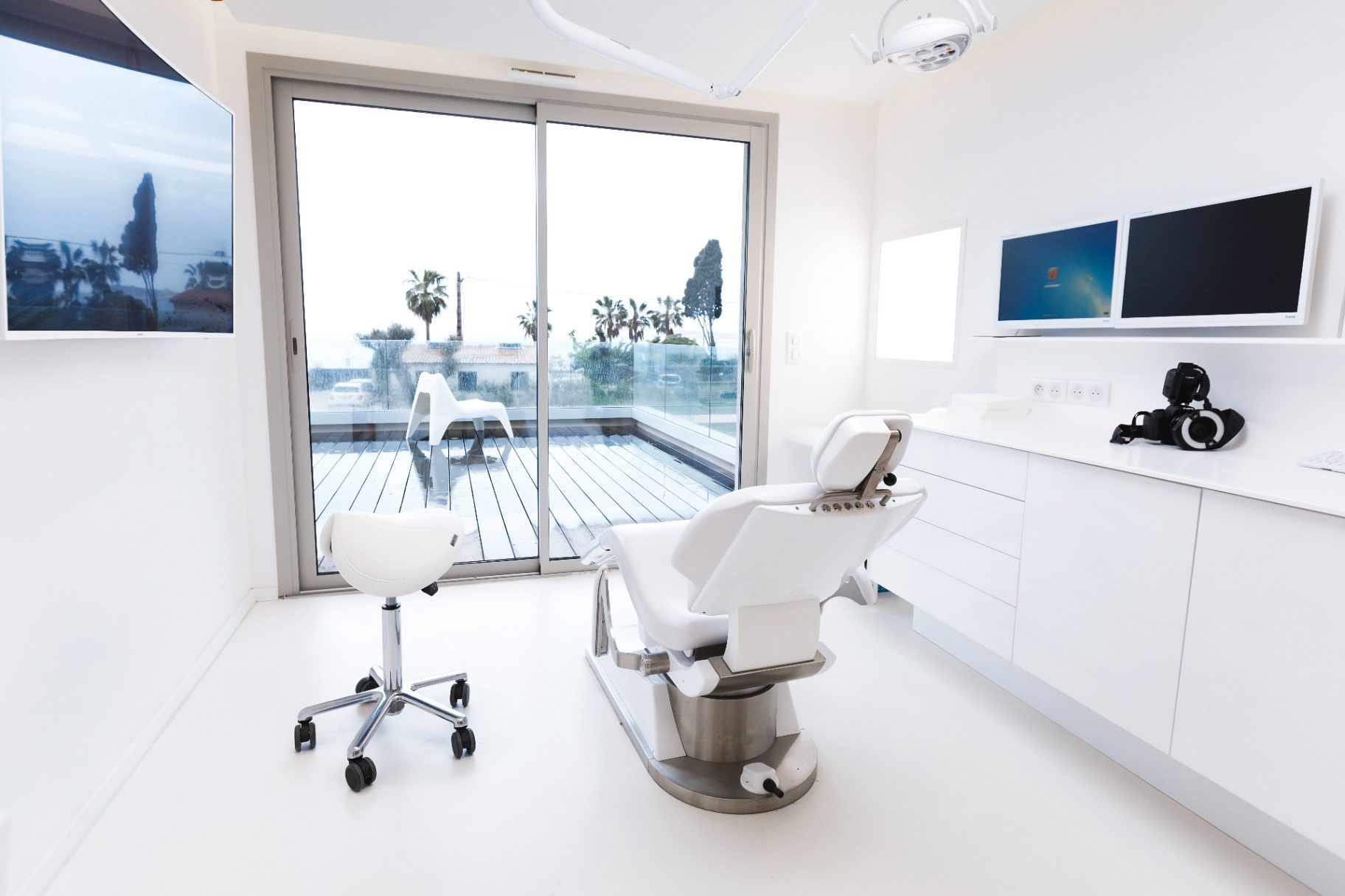Top 10 Ways to Improve Dental Practice Communication

Running a dental practice isn’t just about cleanings, fillings, and checkups—it’s also about communication. Whether you’re managing a busy front desk, coordinating with hygienists, or checking in with patients post-treatment, strong communication is the glue that holds everything together. But let’s be honest—things can get hectic. Calls get missed, messages get lost in translation, and sometimes patients leave with more questions than answers. Sound familiar? You’re not alone.
Improving communication in your practice is extremely important, as making these small, smart changes can lead to better team coordination, smoother workflows, and a more satisfying patient experience. Moreover, how you and your team communicate can make or break patient trust and operational efficiency.
To help you get started in improving communication with your patient, we have come up with these 10 practical, easy-to-implement strategies—helpful for internally, externally, and everywhere in between.
10 Strategies for Improving Dental Practice

1. Dental Team Etiquette
Let’s be real—your front desk sets the tone for the entire patient experience. That first “Hello!” over the phone or at check-in matters more than most people think. So, don’t just focus on admin skills when hiring and training. Talk about tone, warmth, and etiquette. Are your team members actively listening when a patient explains an issue? Are they asking the right questions to clarify concerns? These little touches show patients that they’re not just another name on the schedule—they’re indeed being heard and cared for.
2. Regular Staff Meetings
We get it—meetings can feel like a chore. But in a dental practice, they’re essential. Make time to gather the team and talk things out, whether once a week or biweekly. Share updates, address concerns, and brainstorm ways to enhance communication both internally and with patients. These meetings build trust and accountability and help eliminate those annoying last-minute surprises that throw off your day. And for those who can’t make it? A quick recap email keeps everyone in the loop.
3. Morning Huddles
These quick, 15-minute morning check-ins can be a game changer. They allow your team to align on the day’s schedule, flag any special patient needs, and walk in with a shared sense of purpose. Huddles aren’t just about logistics; they remind everyone that patient care comes first. It’s a simple habit that builds consistency and confidence across the team.
4. Active Listening Techniques
We talk a lot about patient communication, but how much do we really listen to? Active listening is more than just nodding while someone speaks. It means maintaining eye contact, giving verbal and nonverbal cues, including body language, that you’re giving your full attention, and repeating back what the patient said in your own words to confirm you understood them. Teach your team to ask questions if something isn’t clear. It’s not just good communication—it’s how trust is built.
5. Patient-Friendly Language
Here’s the truth: your patients probably don’t know what a “periapical radiograph” is—and they shouldn’t have to. Explaining treatment plans or procedures in plain English is a must. Skip the jargon, use analogies they can relate to, and, if possible, use visual aids to show visuals. Charts, diagrams, or quick sketches can go a long way. Also, don’t assume silence means understanding. Invite questions and be ready with simple, clear answers. When patients truly understand what’s happening, they’re far more likely to follow through with care.
6. Implementing a Patient Management System
If your front desk is constantly chasing confirmations or manually sending reminders, it’s time to level up. You may improve dental practice communication with patient management solutions. A good patient management system can take a massive load off your team’s shoulders. With features like two-way text messaging, online booking, and automated reminders, you make things easier for your patients and staff. The best part? Patients feel more connected and supported throughout their care journey, without you lifting a finger.
7. Utilizing Social Media for Engagement
Think social media is just for influencers? Think again. Platforms like Instagram or Facebook are a great way to stay connected with your community. Share quick dental tips, behind-the-scenes moments, or even patient success stories (with permission). It’s a casual way to educate and engage your audience—plus, it makes your practice feel more human and relatable. The more your patients feel connected to your brand, the more likely they are to return and refer others.
8. Interactive Patient Portals
Patients today expect convenience, and interactive portals deliver just that. These platforms let patients check their dental records, review upcoming treatments, and manage their appointments without picking up the phone. It’s like giving them a front-row seat to their own dental care. Plus, fewer paper forms mean fewer errors and a smoother experience for your front desk. When patients feel more in control, they tend to stay more engaged—and that’s a win for your practice.
9. After-hours or Emergency Lines
Dental pain doesn’t care about business hours. An emergency contact option—whether a dedicated number, email support, or call forwarding—shows your patients you’ve got their back, even after 5 p.m. It builds trust and sets you apart from practices that “clock out” completely. Patients remember that level of care, which often leads to stronger loyalty and more referrals.
10. Dental Practice Communication Systems
If your team constantly asks, “Did anyone tell the hygienist?”—it might be time to upgrade your communication tools. A solid digital system keeps everyone looped in, from the front desk to the operatory. Real-time updates, team messaging, appointment reminders, and patient outreach features help prevent mix-ups, missed appointments, and last-minute surprises. When your entire practice is on the same page, everything runs smoother, and patients notice the difference easily.
Boost Communication and Performance with Practice by Numbers
To truly optimize communication in your dental practice, you must know how to track, measure, and act on it. That’s where Practice by Numbers stands out. This powerful platform goes beyond basic management by offering smart communication tools, real-time dashboards, and performance insights that keep your team aligned and responsive.
Whether monitoring patient engagement, streamlining appointment flows, or enhancing internal coordination, Practice by Numbers’ CRM helps you make informed decisions that directly impact patient satisfaction and team performance. If you’re serious about building a well-connected, high-performing dental practice, this system is built for you. Contact us at 866-216-8416 to book a demo now!
Conclusion
Clear, consistent communication isn’t just a nice-to-have—it’s a game-changer for modern dental practices. Whether it’s building trust with patients, aligning your team, or streamlining day-to-day operations, great communication drives every aspect of your success.
By focusing on small but impactful changes—like active listening, simplifying your language, using digital tools, and holding intentional team check-ins—you create a smoother, more connected experience for everyone involved.
The right systems and habits elevate your practice today and lay the groundwork for long-term growth, loyalty, and stronger patient outcomes. In the end, better communication isn’t just about talking—it’s about truly connecting.
Frequently Asked Questions
Why is communication so important in dentistry?
Communication shapes the patient’s journey in a dentist’s office. Effective communication helps patients understand their oral health issues and the importance of recommended treatments, and it plays a crucial role in making them feel reassured and satisfied with the services they receive, thus enhancing the overall dental health and patient experience.
How can dental practices train staff in better communication?
Training in better communication can be achieved through regular training sessions, staff meetings, role-play scenarios, and attending seminars or workshops focused on developing communication skills. Periodic reinforcement of best practices can significantly improve the quality of interactions with patients.
What is a patient-centered approach to providing dental care?
A patient-centered approach to dental care focuses on considering the patient’s perspective, feelings, and specific needs during every interaction to ensure the patient feels valued. This can mean using patient-friendly language, practicing active listening, and involving the patient in formulating their treatment options and plans, ultimately improving patient satisfaction.
What are some common communication challenges in dental offices?
Some common communication challenges in dental offices include misunderstanding patient needs, using complex dental jargon, a lack of coordination between team members, dealing with apprehensive patients, and managing difficult conversations about treatment costs or potential risks associated with treatments.




